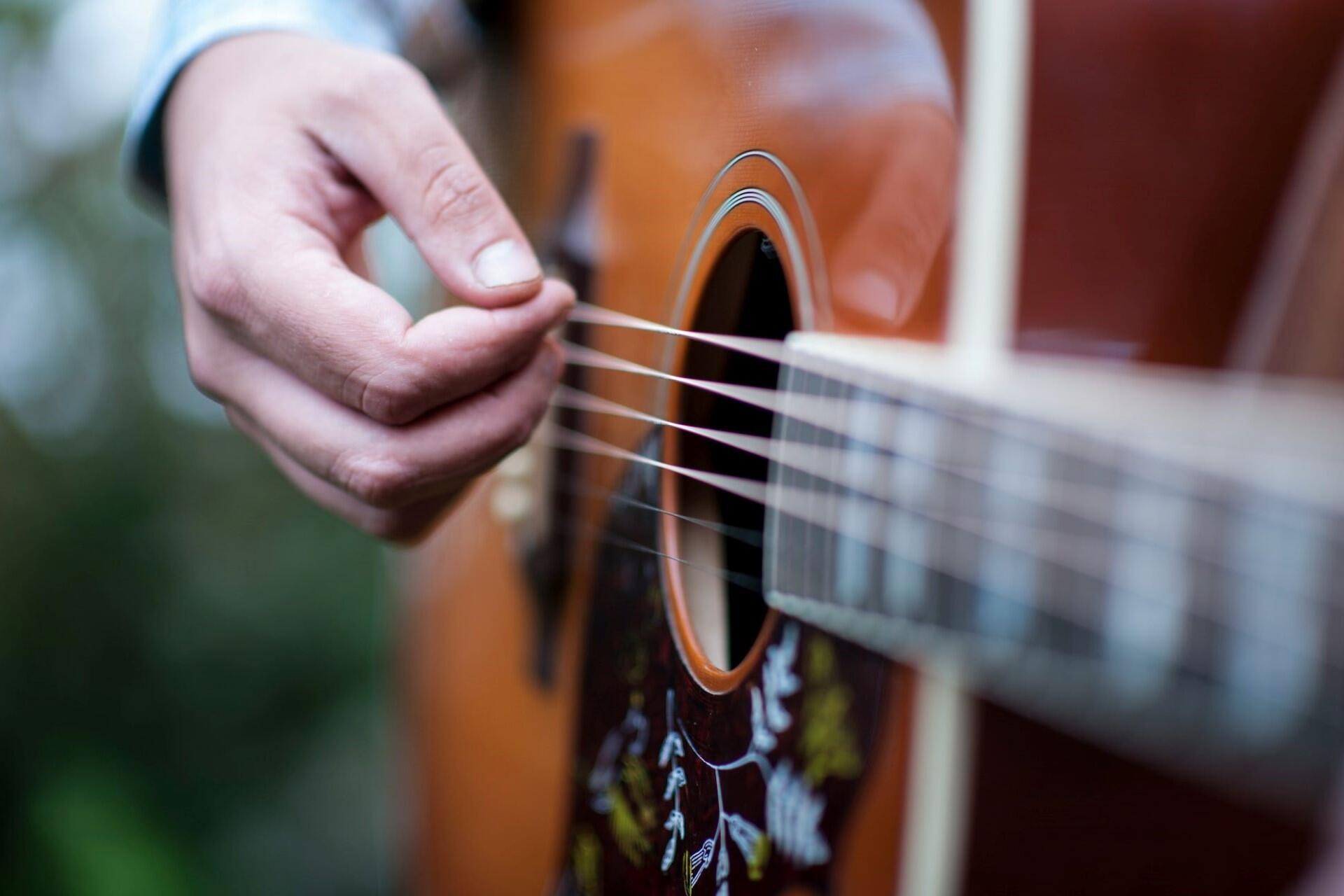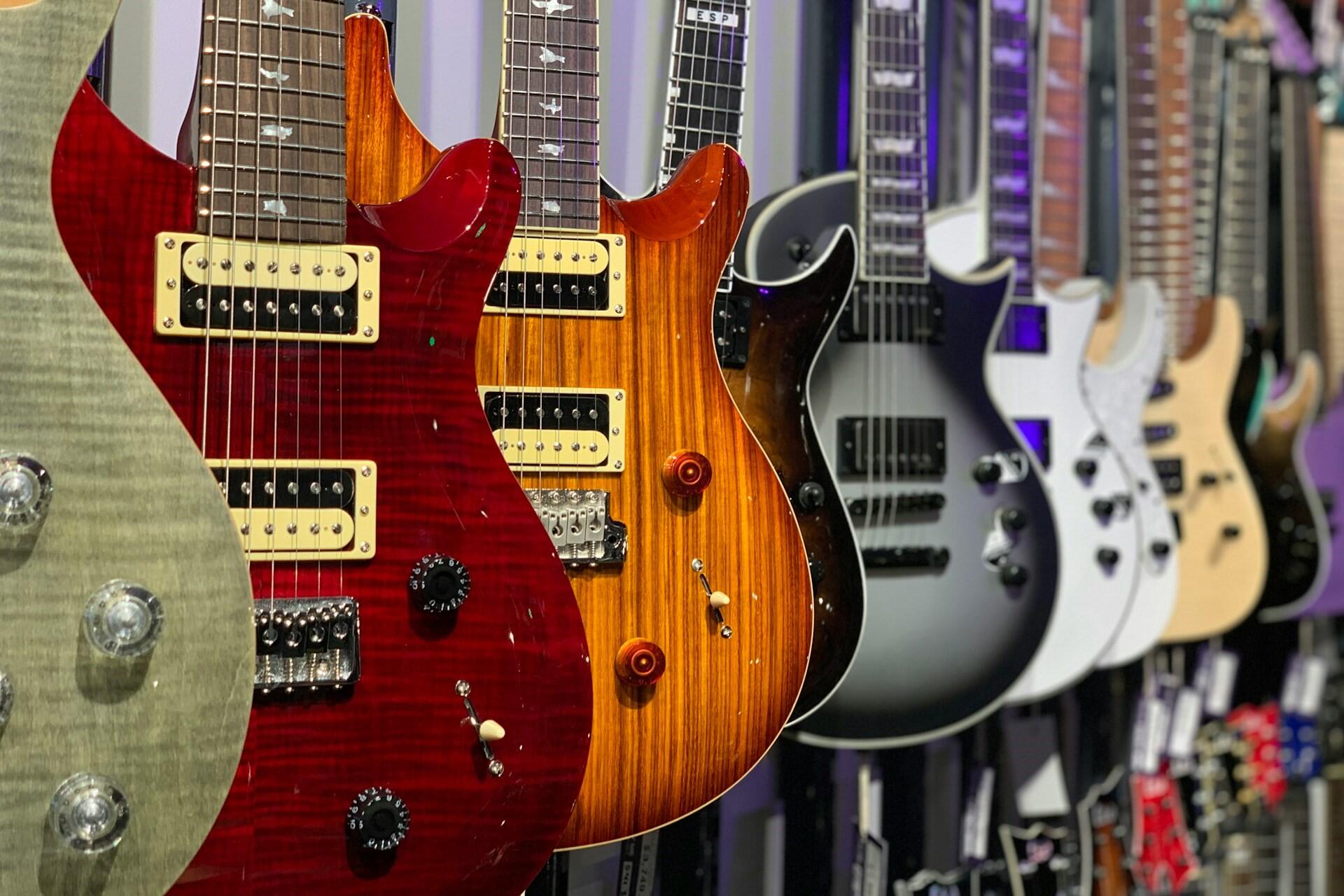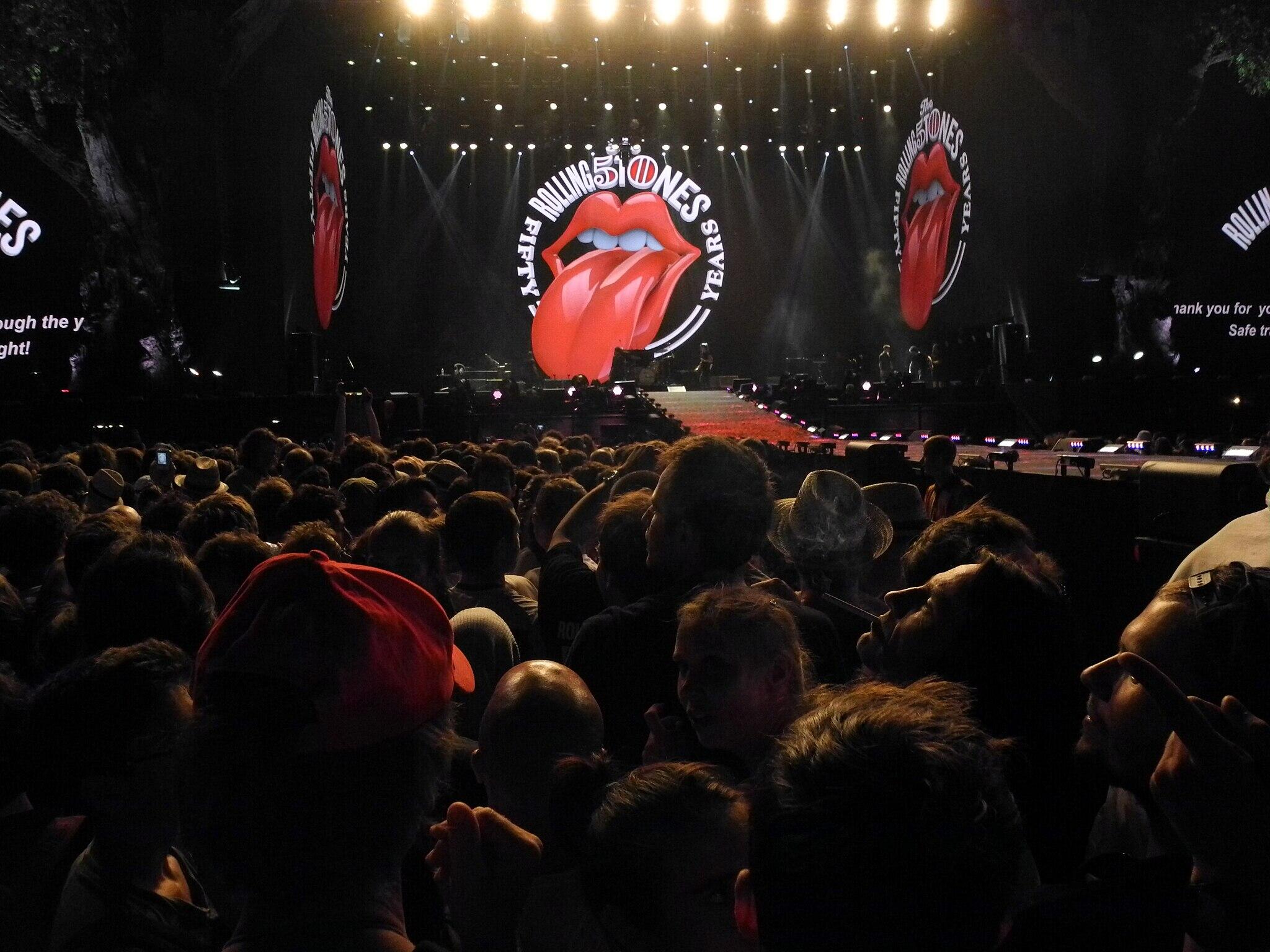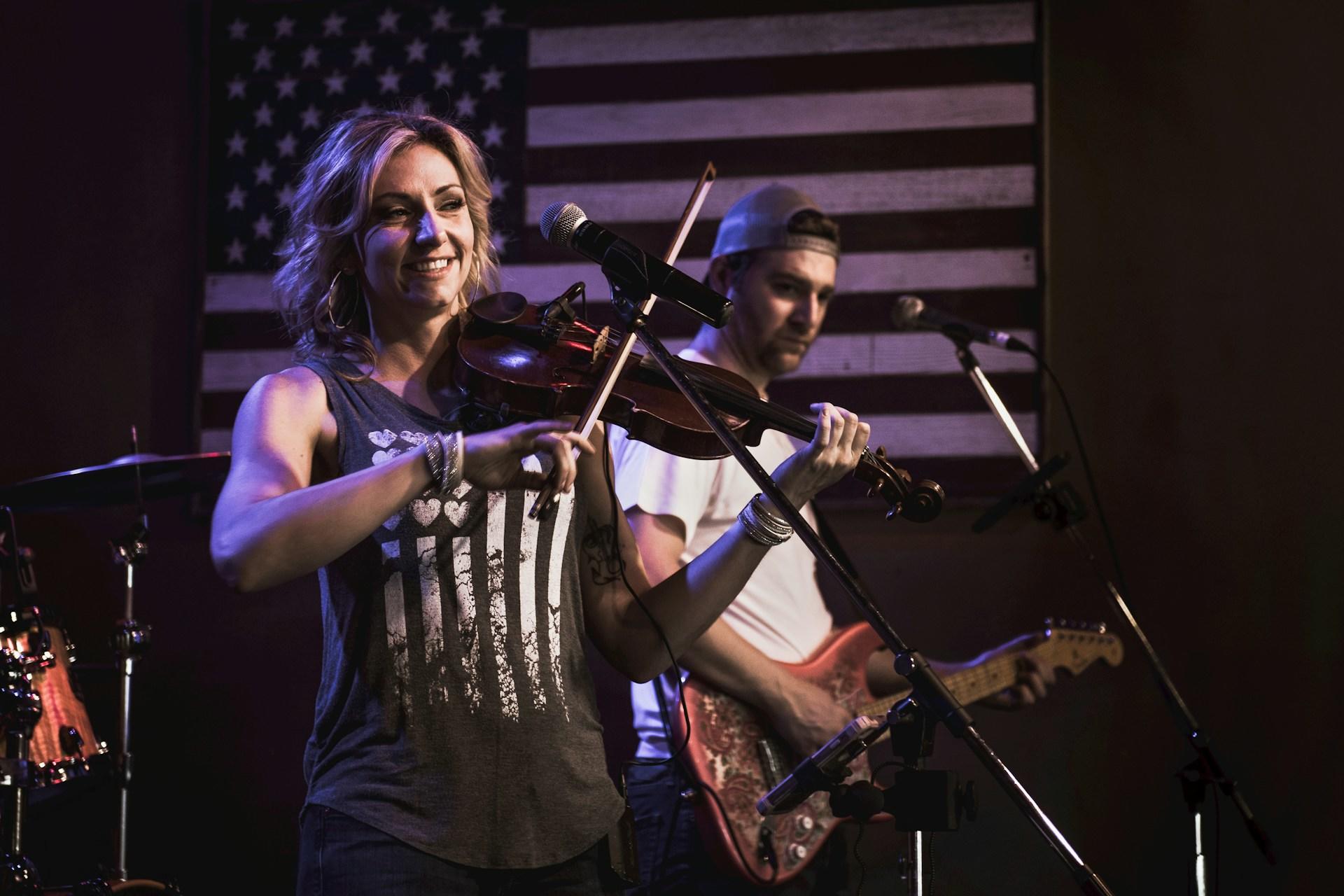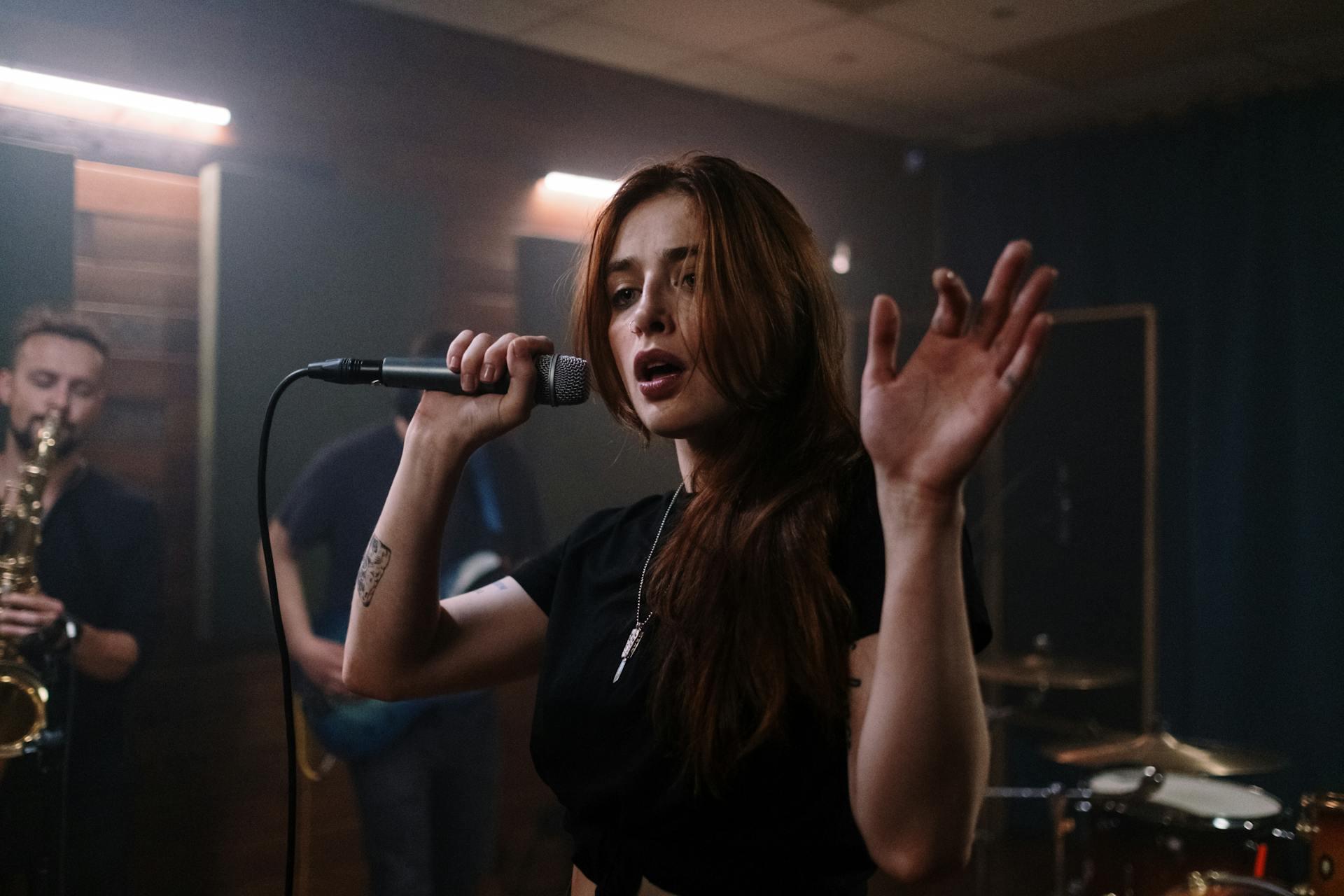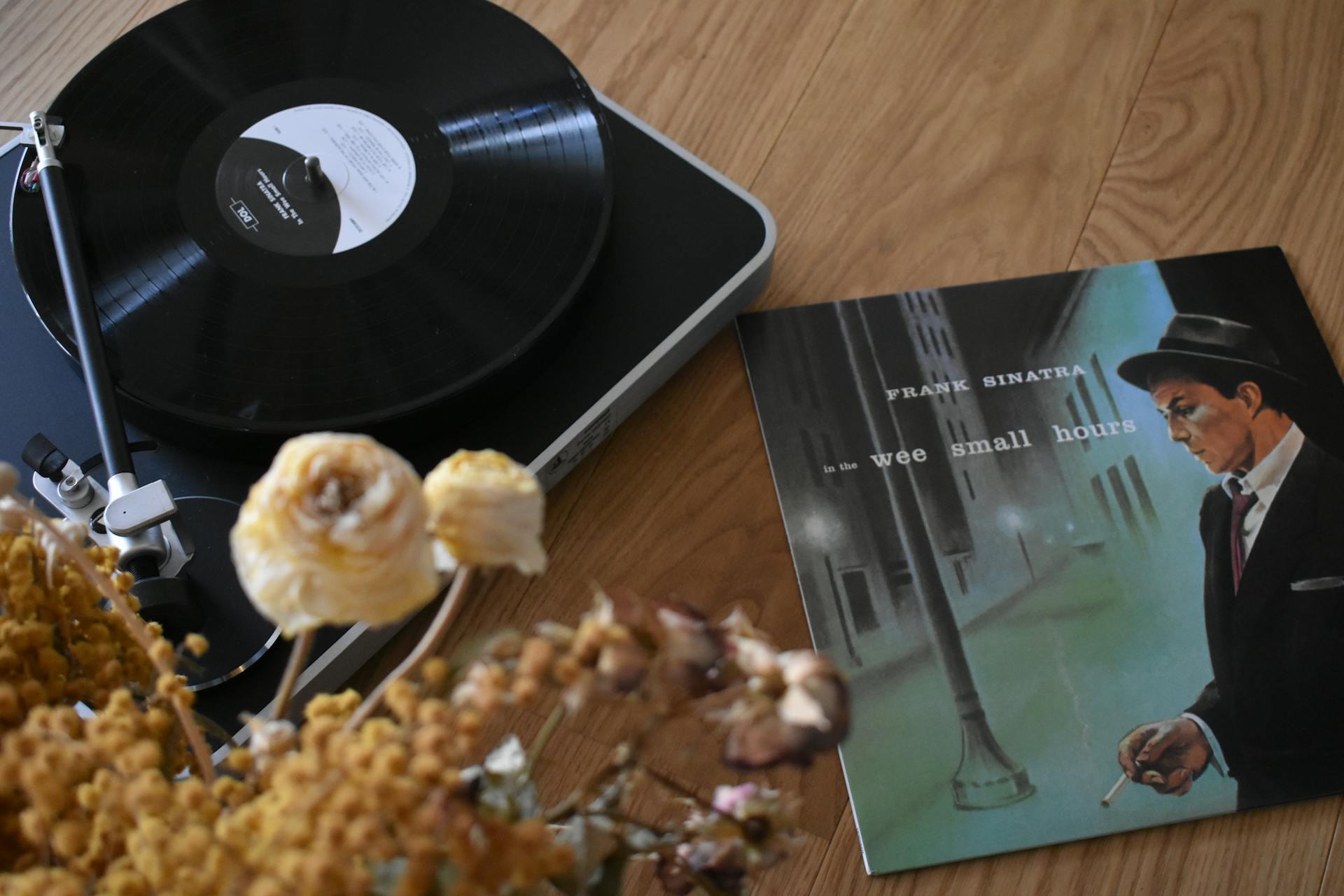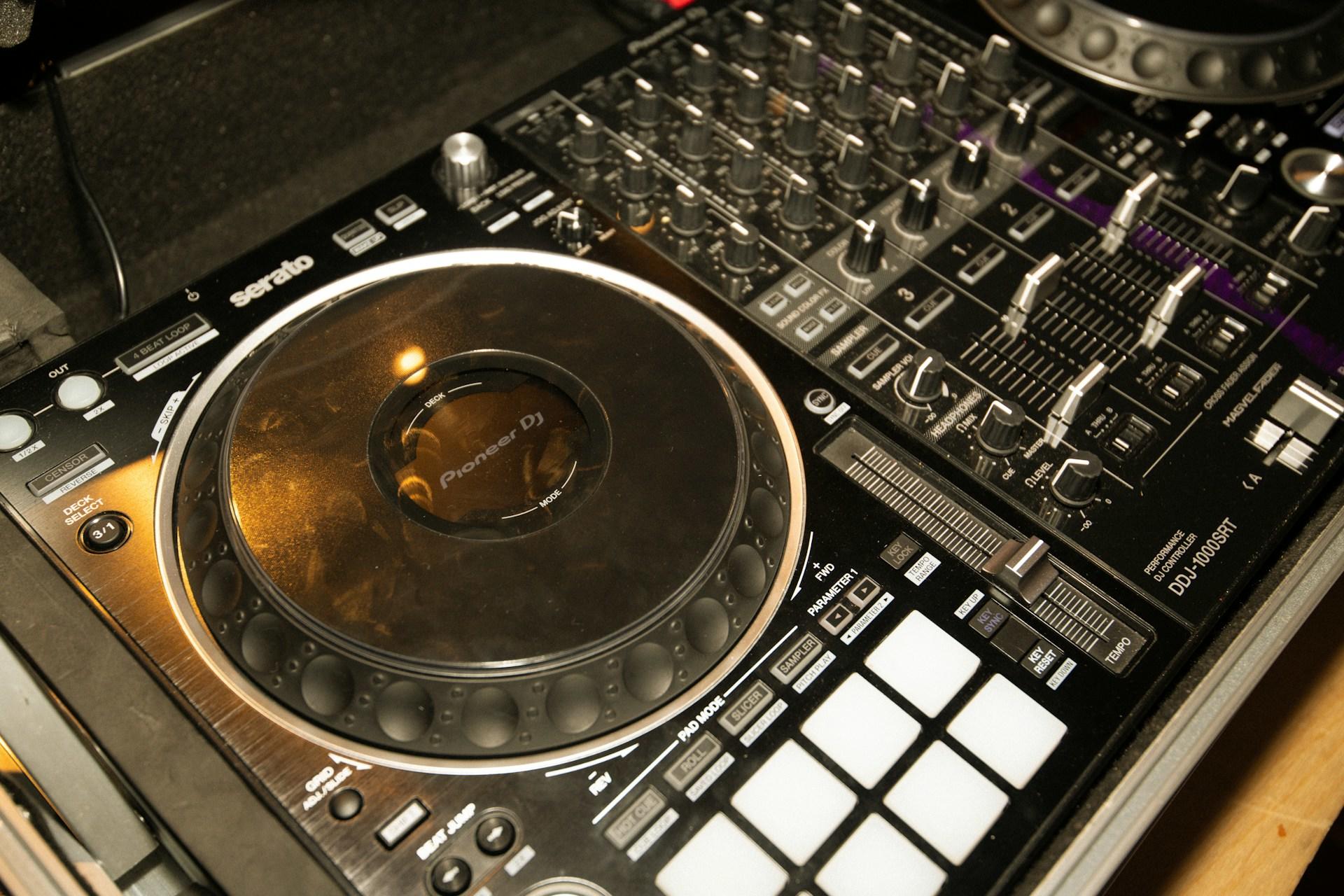Country music is one of America's longest-lasting musical genres. Emerging from the early 20th-century folk and blues roots, it has since evolved into a range of various styles. Country musicians have blended country music with influences from rock, pop, jazz, punk, and rap to create a broader and more diverse country music ecosystem. From bluegrass fiddles to pop country radio hits, here are some of the most important genres of country music (don't be mad if we miss out your favorite; let us know in the comments!).
| Subgenre | Era of Origin | Key Instruments | Notable Artists | Defining Features |
|---|---|---|---|---|
| Bluegrass | 1940s | Mandolin, banjo, fiddle, acoustic guitar, upright bass | Bill Monroe, Alison Krauss, The Osborne Brothers | Fast tempos, instrumental virtuosity, close harmonies, Appalachian roots |
| Honky-Tonk | 1940s–50s | Electric guitar, piano, steel guitar, drums, bass | Hank Williams, Ernest Tubb, George Jones | Upbeat dance rhythms, amplified instruments, themes of heartbreak & drinking |
| Outlaw Country | 1970s | Electric guitar, acoustic guitar, bass, drums | Willie Nelson, Waylon Jennings, Kris Kristofferson | Raw production, personal songwriting, rebellious image |
| Country Rock | Late 1960s | Electric guitar, bass, drums, steel guitar, banjo | The Byrds, The Eagles, The Flying Burrito Brothers | Rock rhythms with country instrumentation, radio-friendly hooks |
| Neotraditional Country | 1980s | Fiddle, steel guitar, acoustic guitar | George Strait, Randy Travis, Reba McEntire | Modern production with classic country storytelling |
| Pop Country | 1990s | Acoustic guitar, electric guitar, drums, synthesizers | Shania Twain, Taylor Swift | Catchy choruses, polished production, mainstream crossover appeal |
| Alternative Country (Alt-Country) | 1990s | Acoustic guitar, electric guitar, bass, drums | Wilco, Ryan Adams, Lucinda Williams | Raw, organic sound, influences from punk/folk/rock |
| Red Dirt | 1980s–90s | Acoustic guitar, electric guitar, bass, drums, fiddle | Zach Bryan, Cross Canadian Ragweed | Gritty, unpolished, Oklahoma roots, strong storytelling |
| Texas Country | 1970s–present | Fiddle, steel guitar, acoustic guitar | Wade Bowen, Robert Earl Keen, Cody Johnson | Traditionalist sound, outspoken lyrics, dance hall culture |

Traditional Foundations of Country Music
Before we delve into country music, we need to examine its origins. Country music's roots lie in early American folk music traditions, featuring Appalachian ballads, blues progressions, and gospel harmonies. These all contributed to the creation of a solid foundation for some of the earliest and most recognizable country music styles.
Stringed: Acoustic guitar, banjo, fiddle, mandolin, steel guitar
Rhythm section: Upright bass or electric bass, drums
Other key sounds: Piano, harmonica, dobro
Bluegrass
Bluegrass is a high-energy form of country music rooted in Appalachian folk music. Bill Monroe brought the style into the public eye with his band The Blue Grass Boys. The sound includes fast tempos, virtuosic instrumental breaks, and close, high-pitched harmonies.
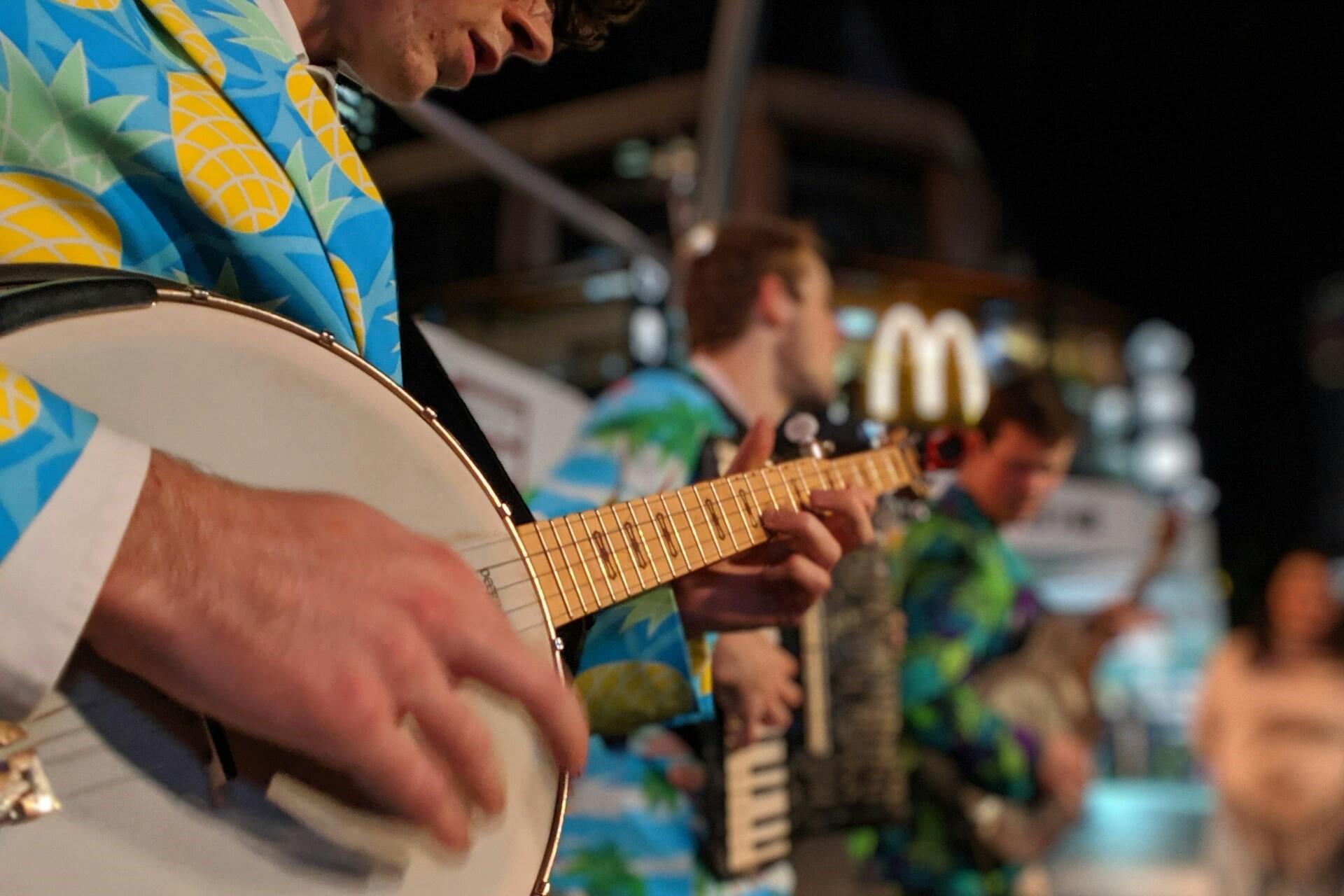
Typical Bluegrass Instrumentation
In bluegrass songs, you'll often hear stories of rural life, love, and hardship. Modern bluegrass artists include Alison Krauss, The Osborne Brothers, and Ricky Skaggs.
Honky-Tonk
Around the same time as bluegrass, honky-tonk was becoming popular in postwar America. It was the musical genre for dance halls and the dominant form of popular country music. Honky-tonk music is about getting people dancing and singing along; with electric guitars and pianos, it was one of the earliest country music styles to be amplified.
Typical Honky-Tonk Instrumentation
Honky-tonk music was about dancing, but it also resonated with listeners with themes of heartbreak, drinking, and hard living. Working-class audiences loved it, and legends like Hank Williams, Ernest Tubb, and George Jones helped make honky-tonk into an influential musical genre.
Evolution and Diversification in Country Music Styles
Country music splintered into a range of styles and subgenres into the 1960s and 1970s (spoiler alert: this keeps happening in the subsequent decades, too!) with new musical influences and cultural tastes.
Nashville's polished sound dominated the charts, but lots of artists didn't want to fit into that mold and used outside influences to distinguish themselves (and their sound) from the heart of country music.
Outlaw Country
Raw, stripped-down production, and more personal songwriting. Outlaw country was a rebellion against the commercial Nashville sound, with artists like Willie Nelson, Waylon Jennings, and Kris Kristofferson being key players. Some modern acts push that rebellious streak even further, experimenting with a blend of country and rap that has found surprising mainstream success.
Albums like Willie Nelson's Red Headed Stranger and Waylon Jennings Honky Tonk Heroes helped change the sound and image of country music, influencing later alt-country and Americana artists in the process.
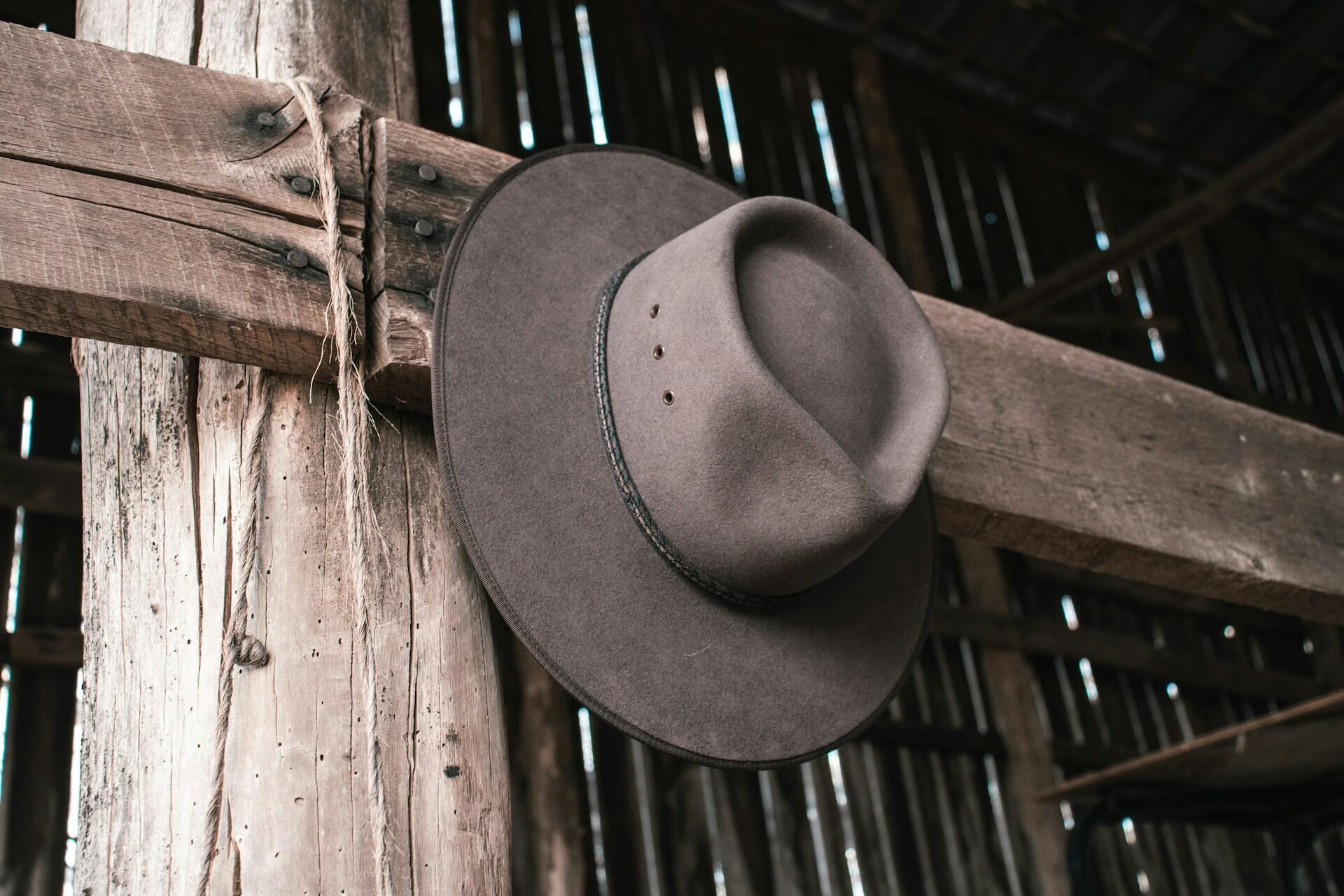
Outlaw Country Checklist
Country Rock
With rock and roll being the dominant popular music in America in the late 1960s, its influence began to reach country artists. Country music's storytelling, combined with the rhythms and energy of rock and roll, gave rise to country rock. Bands like The Byrds with Sweetheart of the Rodeo, The Flying Burrito Brothers, and later The Eagles are all fine examples of the country rock genre.
Country Rock Checklist
Country rock brought the genre to new audiences, and the process was cyclical as it influenced acts in both Nashville and Los Angeles. It also helped inspire a generation of 1990s Americana artists and country-pop crossovers.
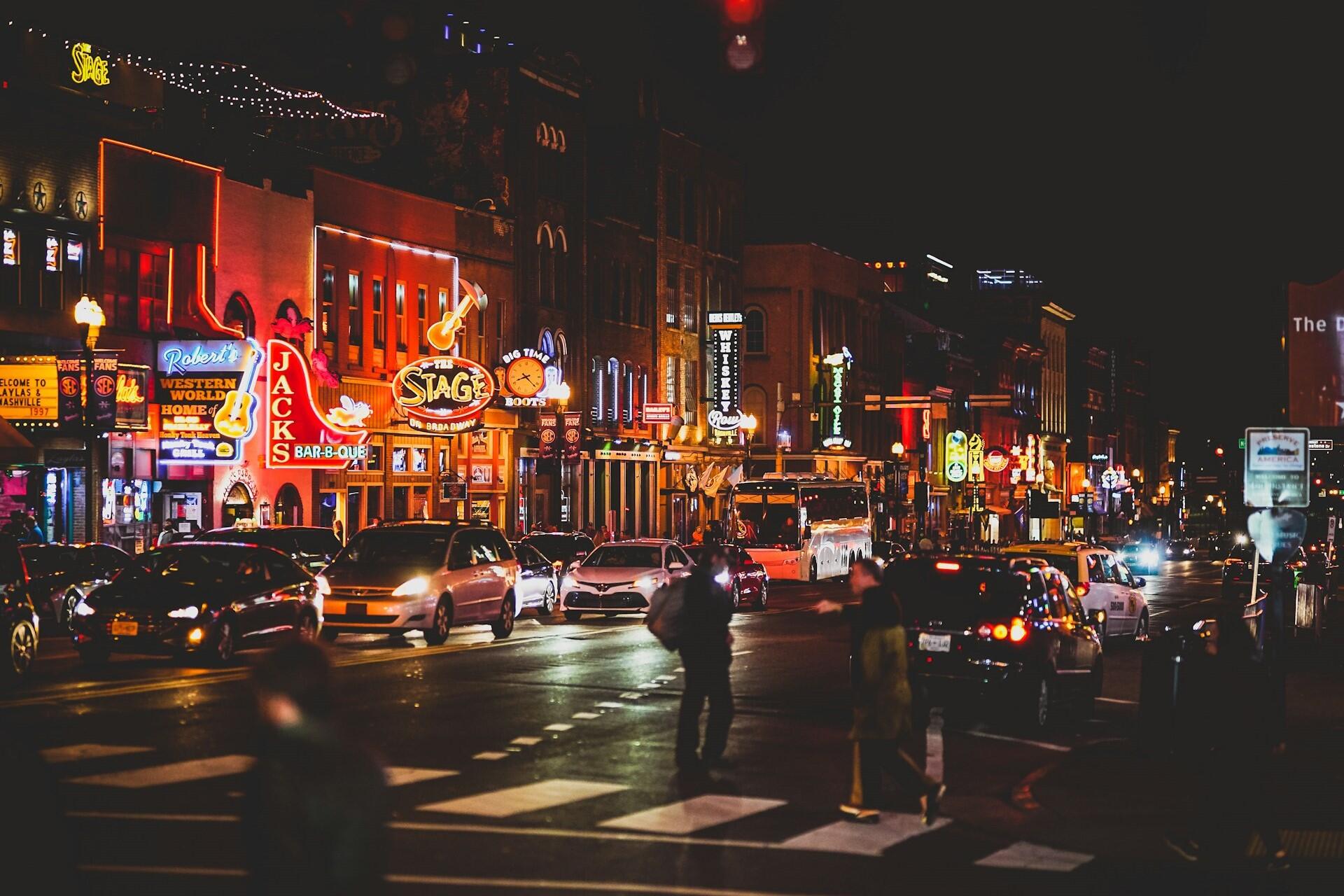
Neotraditional Country
In the 1980s, some artists felt that all this experimentation and genre-blending was too much. By returning to the roots of traditional country music, neotraditional country was born. This movement emphasized fiddle and steel guitar while embracing modern studio techniques, making it a bridge between old and new. Artists like George Strait, Randy Travis, and Reba McEntire became central figures in this revival, winning over fans who longed for authenticity.
Neotraditional Country Checklist
Naturally, this movement helped capture audiences who missed older country music styles while also securing a future for other traditionalist country artists in the years to come.

Contemporary Subgenres
By the 1990s and 2000s, even more country subgenres emerged, drawing inspiration from pop, rock, and indie music. While purists mightn't have liked it, the modern styles of country music brought new audiences to the genre as a whole, especially pop country and alternative country (or alt-country).
Pop Country
Pop country is the natural evolution of country music for record labels, aiming to reach a broader audience and achieve greater record sales. Take the lyrical themes and instrumentation of traditional country and polish it with catchy hooks, layered production, and the mainstream appeal of pop music. That way, you end up with music that can chart on both country and pop radio.
Pop Country Checklist
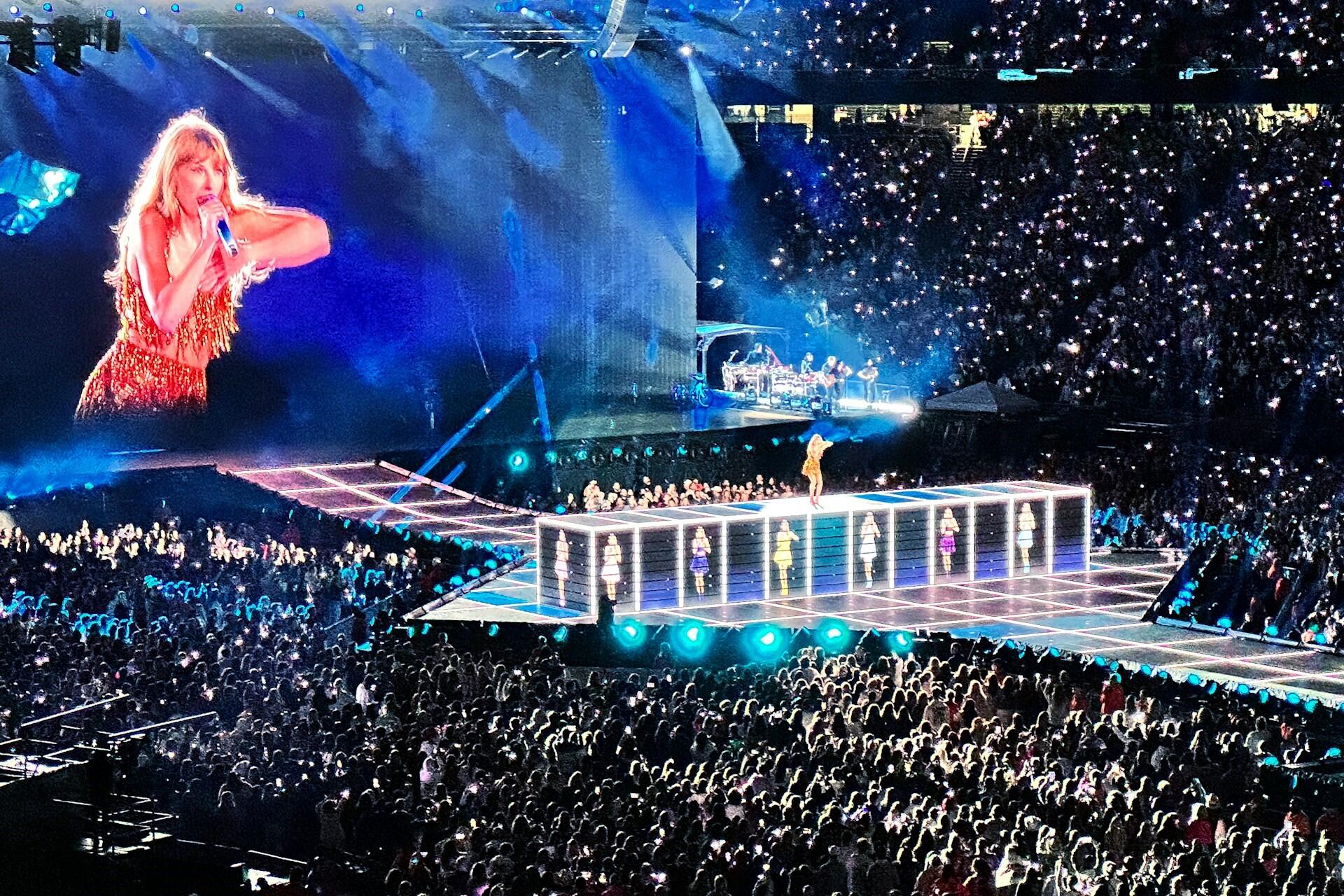
Shania Twain brought country music to the masses in the 1990s with albums like Come On Over. Taylor Swift's first albums were pop country (Fearless, Speak Now) before she became a global phenomenon.
Alternative Country (Alt-Country)
As pop country was taking the path towards a greater mainstream appeal, some artists decided to go in another direction. Rather than seeking mainstream polish, alternative country is characterized by raw production, diverse influences, and an independent spirit. It doesn't draw upon pop music, but instead looks to counterculture genres like rock, punk, and folk, while maintaining country music instrumentation where possible.
Alt-Country Checklist
Artists like Wilco, Ryan Adams, and Lucinda Williams showed us what alt-country could be. While initially existing as a reaction to mainstream pop country, streaming platforms and the social internet have given this genre a much broader audience than its earliest pioneers probably ever imagined.
Regional Variations
With so many subgenres, entire subgenres have developed around geographical locations, reflecting the local culture, geography, and the history of the places where the artists originate. These regional scenes often thrive outside of Nashville, building audiences through grassroots festivals and independent radio. They prove that both traditional country music and modern country music can adapt to local tastes while keeping a unique identity.
Red Dirt
Red Dirt country is a genre from Stillwater, Oklahoma, taking its name from the region's distinctive soil. Blending rock, country, folk, and blues into a raw rootsy style, Red Dirt songs tend to tell deeply personal stories. The scene developed its own strong community of independent radio, live venues, and festivals, helping it stay authentic.
Red Dirt Checklist
Artists like Zach Bryan and Cross Canadian Ragweed are helping to fly the flag for Red Dirt country music. Typically, the Red Dirt music scene is independent, featuring its own radio networks, festivals, and community-driven promotion.
Texas Country
Texas country, also known as Texas music, is a traditionalist subgenre characterized by an independent spirit. Like many country music subgenres, this is another genre that splits away from the Nashville sound. It often combines upbeat dance hall rhythms with introspective ballads, appealing to both partygoers and reflective storytellers.
Texas Country Checklist
Artists like Wade Bowen, Robert Earl Keen, and Cody Johnson blend tradition with their own twist on the genre. This is a style that thrives in live performances, with venues like Gruene Hall and festivals drawing thousands of fans. Beyond the stage, Texas country also has its own independent radio networks, fiercely loyal fan communities.
Pre-1940s: Folk, blues, and gospel roots
1940s–50s: Bluegrass and honky-tonk emerge
1960s–70s: Outlaw country and country rock challenge Nashville’s dominance
1980s: Neotraditional revival
1990s–2000s: Pop country and alt-country reshape the genre
Today: Regional styles and global influences expand the sound
The Future of Country Music
Country music is shaped by the duality of traditionalism versus experimentation. Typically, artists choose to go with Nashville or against it. However, with streaming platforms and social media, it's clear that it's not a question of one or the other, and the success of all the subgenres makes it clear that there's enough space for everyone.
Current trends include using country as a vehicle for collaboration with other artists from other genres. Artists are finding new audiences across different genres, with new fans often not being country music fans before they discover their favorite artist collaborating with someone else on a track.
Country music isn't distinctly American anymore, either. While the US is undoubtedly the spiritual home of country music, artists from all over the world are being inspired to create international versions of country music with their own local flair and in their own languages.

